Venezuela, Chevron, and the Licenses: Economic Opening or Political Control Strategy?

July 25, 2025 Hour: 1:19 pm
Since the death of President Hugo Chavez, Venezuela has gone through one of the most complex periods in its recent history. The combination of an economic crisis and unprecedented external pressures has shaped the country’s trajectory.
In 2014, the U.S. Congress passed Public Law 113-278 for the “Defense of Human Rights and Civil Society in Venezuela,” paving the way for Washington, starting with the Barack Obama administration, to adopt a series of unilateral coercive measures against the South American nation.
These sanctions focused on freezing Venezuelan assets, restricting the movements of officials, and directly targeting the oil industry, the main engine of Venezuela’s economy, without considering the social and humanitarian impact such measures would have on the entire population.
U.S. Coercive Measures and Their Impact on the National Economy
In March 2015, Executive Order 13692, signed by Obama, declared Venezuela an “unusual and extraordinary threat” to U.S. security. This act led to the freezing of assets and visa bans for officials, deepening the economic and social crisis already facing the country.
Under the Trump administration, sanctions became even harsher. In 2017, Executive Order 13808 was issued, prohibiting transactions with state oil company PDVSA, banning the purchase of Venezuelan bonds, and imposing suffocating pressure on the country’s foreign currency flow.
Despite government efforts to diversify the economy, Venezuela remains highly dependent on the oil sector, making the industry the primary target of U.S. policies.
The sanctions have also affected PDVSA officials and exposed the alliance between local right-wing factions and the U.S.-backed agenda to remove the government.
However, despite increasing pressure on all fronts, Chevron managed to remain active in Venezuelan territory through successive licenses and exemptions, preserving a channel for crude exports and foreign currency generation.
Chevron in Venezuela: History, Presence, and Contributions
Chevron, present in Venezuela since 1923, has played a key role in oil extraction in the Orinoco Belt, one of the world’s largest reserves. Through joint ventures with PDVSA, such as Petropiar and Petroboscán, Chevron produced over 200,000 barrels per day before sanctions tightened.
Between 2019 and 2022, as restrictions increased under the Trump administration, Chevron was the only U.S. firm authorized, albeit in a limited capacity, to operate in the country.
Even under adverse conditions, the company maintained production in key fields and contributed to the transfer of technical and scientific knowledge essential for extracting extra-heavy crude.
Chevron’s role has been crucial in sustaining production and facilitating exports, primarily to the United States.
With the issuance of General License No. 41 in 2022, Venezuela regained some export capacity, increasing oil production to between 50,000 and 150,000 barrels per day during 2022 and 2023.
The profits from these operations were partly used to repay PDVSA’s debts to Chevron and did not translate into direct benefits for Venezuela’s treasury due to U.S. restrictions.
Chevron Licenses as a Geopolitical Tool
The granting, suspension, and renewal of Chevron’s licenses have been instruments of political and economic pressure used as bargaining chips by the U.S. administration.
These licenses have been issued, and revoked, based on U.S. interests, leveraging the oil relationship to force internal negotiations between the Venezuelan government and opposition sectors.
At the same time, the global context, marked by disruptions in the oil market and the war in Ukraine, led the U.S. to reconsider the strategic importance of accessing Venezuelan crude.
Washington maintained the condition that financial flows must not directly benefit Nicolás Maduro’s government, restricting Chevron to controlled operations and prohibiting any financial ties with sanctioned companies like Rosneft.
Evolution of Chevron’s Licenses
- Temporary License (2019): Allowed Chevron to carry out minimal maintenance activities in its joint projects with PDVSA. It was renewable quarterly and prohibited new investments or increased production.
- General License No. 41 (2022): Issued after negotiations in Mexico, it permitted the reactivation of crude production and exports, though under strict conditions that revenues be used to pay PDVSA’s debts to Chevron. Initially valid for six months, it was renewed based on domestic political developments.
- Limited License (2024): Following the alleged breach of the Barbados agreements by the Venezuelan government, the U.S. revoked the general license. However, Chevron maintained restricted operations and, as of October 2024, exported around 280,000 barrels per day to the U.S.
Chevron Today: Fluctuations and Prospects
The shifting U.S. license policy has deeply impacted Venezuela’s oil production. By early 2025, despite limitations, Chevron-PDVSA joint ventures were producing around 242,000 barrels per day, representing 27% of Venezuela’s total oil output.
In April 2025, the non-renewal of License No. 41 led Chevron to announce the suspension of its operations, significantly affecting foreign currency earnings and the Venezuelan energy sector’s production flow. This scenario sparked concern and tensions in both public and private sectors.
A Pragmatic Shift: The Resumption of Operations
Recently, amid multilateral negotiations, President Nicolás Maduro announced the granting of a new license to Chevron, signaling a shift in U.S. strategy under the Trump administration.
Although the White House has not officially confirmed this move, international press reports indicate that the new license aims to resume production and increase Venezuelan oil exports to the U.S. market while maintaining strict limitations on fund flows to the Venezuelan government.
Maduro, for his part, claims that the oil sector has grown by 12% in recent months despite strict coercive measures.
The government guarantees the availability of equipment and personnel to reactivate oil fields and has emphasized its commitment to international agreements.
According to U.S. administration sources, part of the exported crude transactions will be compensated in kind, meaning oil as direct payment, to ensure revenues do not immediately finance the Venezuelan government.
This latest shift reflects a pragmatic U.S. foreign policy approach: balancing political pressure on Venezuela with energy supply needs and global market stability. The granting of Chevron’s licenses is not solely driven by economic interests but is part of a complex geopolitical strategy aimed at controlling dynamics in Latin America and maintaining influence over global oil politics.
Licenses and Realignments in Oil Geopolitics
Chevron’s trajectory in Venezuela illustrates how U.S. licensing policy has been used as a tool for pressure and negotiation amid a prolonged economic and geopolitical crisis.
Although sanctions have severely complicated national development and the population’s well-being, Chevron’s presence has allowed for minimal export and foreign currency flows.
The recent granting of a new license, under strict parameters and with clear geopolitical maneuvering, highlights the pragmatic approach adopted by the U.S. administration: a policy that not only seeks to pressure Venezuela but also ensures U.S. energy security and eases global market pressures, without abandoning its political objectives.
Author: Silvana Solano
Source: TeleSUR






